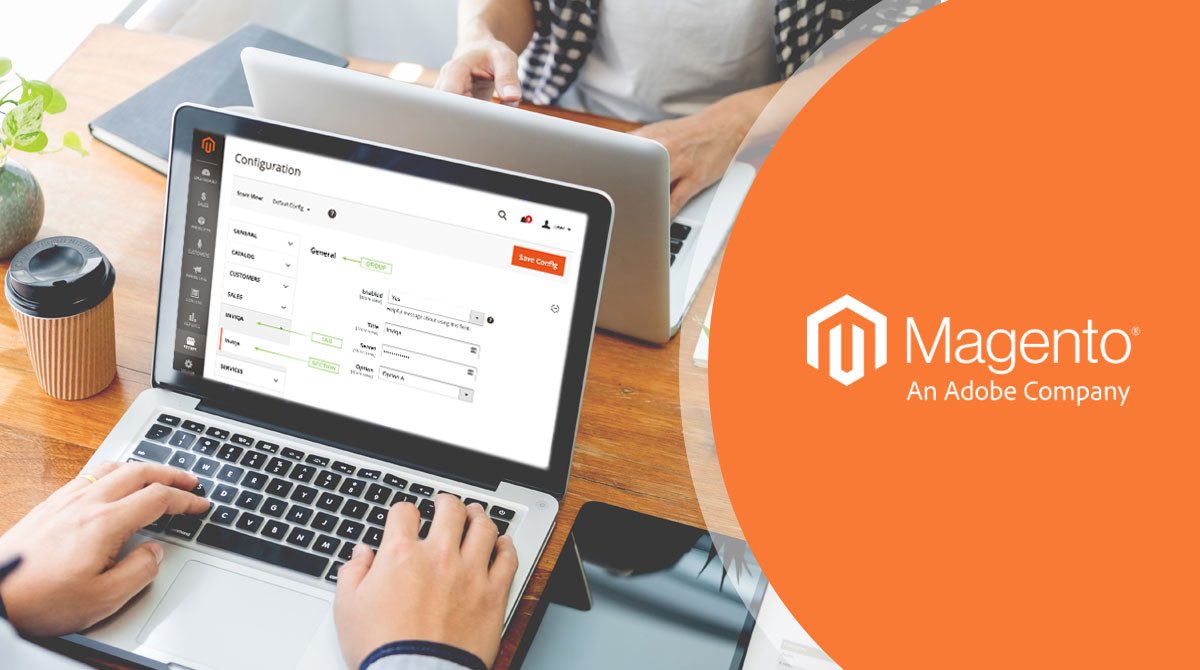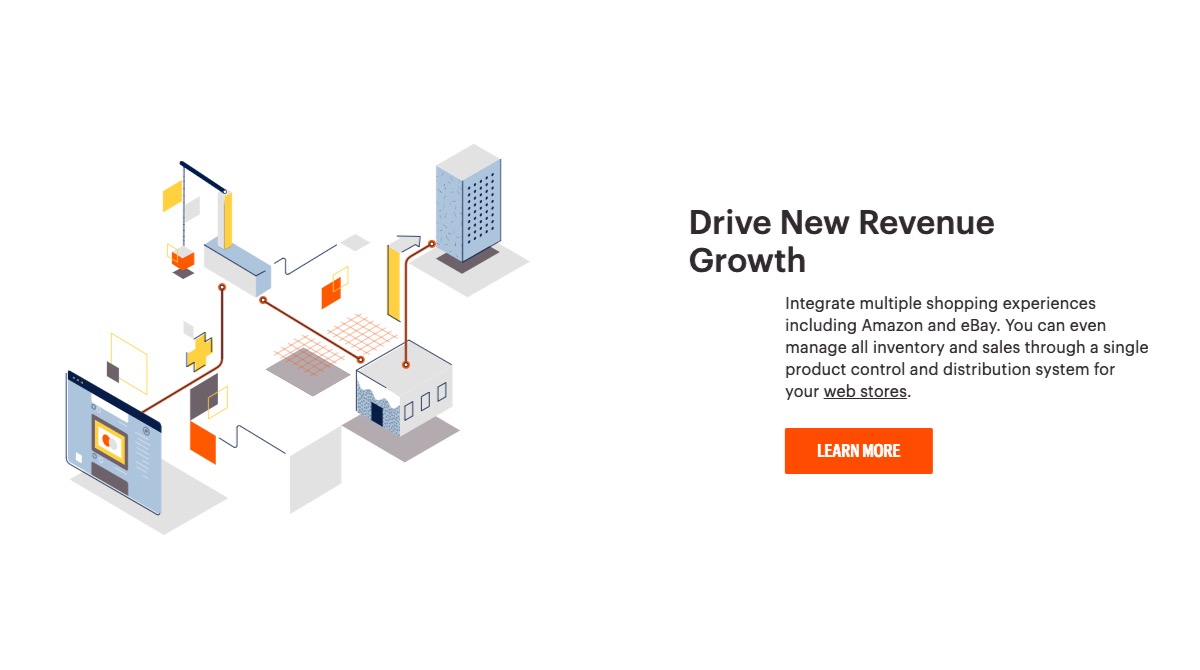
According to Internet Retailer, a premier online business information resource, consumers spent $517.36 billion online at U.S. merchants in 2018, a 15 percent increase over the prior year. B2B online spending is also increasing, with one expert resource predicting U.S. B2B ecommerce will reach $1.8 trillion by 2023. What does this mean for you? If you’re not already doing business online, you’re leaving potentially significant revenue on the table.
Of course, developing your ecommerce sales channel requires a financial investment. But it doesn’t have to be a huge one. We spoke to Andy Barker, head of payments and digital experience at Magento, an Adobe Company, about how the leading provider of cloud commerce innovation is helping merchants drive business growth without breaking the bank.
Developed with Extensive Adaptability in Mind

Head of Payments
and Digital Experience
at Magento, an Adobe Company
Launched in 2007 by Varien Inc., the Magento open-source ecommerce platform was acquired by eBay in 2000 and, most recently, by Adobe in 2018.
“Magento’s power was – and still is to this day – its extensive adaptability,” Barker said. “Rather than being constrained to specific templates, Magento exists in this collaborative ecosystem that helps develop and deploy the product for the end merchants. It has a very strong, powerful core that can support a mom and pop shop that’s doing less than $500,000 a year in business all the way up to multibillion-dollar multinational organizations.”
More than $155 billion in gross merchandise volume is transacted on the Magento platform annually.
Engaging Consumers and Driving Sales
At the core of Magento’s product offerings is the Magento Commerce platform. “It offers all the capabilities that are necessary for merchants to grow their businesses online,” Barker said. This includes features such as an easy-to-use page builder, customer segmentation and personalization, content staging and preview, instant purchase, visual merchandising, and a powerful admin experience.
“Our latest release included new capabilities for page building,” Barker added. “With drag-and-drop, you don’t have to hire a developer to build out, test and deploy web pages or specific online campaigns. Instead, you can do this on your own. It allows for very rapid deployment and adjusting of your website.”
The Magento Commerce platform enables companies to provide a seamless shopping experience consumers – an essential feature in today’s increasingly mobile world.
“We don’t really look at business as online and offline anymore,” Barker explained. “Magento was built from the ground up to satisfy all the different sales channels that exist, from mobile to interfacing with Alexa or Google Assistant.”

A Powerful Platform with Lower Cost of Ownership
Magento’s commerce platform supports B2B, B2C and D2C organizations as well as hybrid business models. “Maybe you have suppliers that are actually supplying the end manufacturer who is then distributing direct to the consumer,” Barker elaborated. “Instead of having to sell on different platforms, Magento allows a merchant to run all of that seamlessly with a single installation.”
While he said the company’s original target customer was traditional retailers, Barker noted that Magento has evolved to service all manner of industry verticals.
“Ultimately, we’re a platform for everybody,” Barker explained. “We have strong footholds within B2B manufacturing, wholesale and distribution as well as the fashion industry, consumer electronics, telecommunications, business services, life science, and food and beverage. In fact, some of the largest food and beverage companies are using Magento. There really isn’t an industry vertical that Magento has been tailored for by system integrators. And that’s really a testament to the power of the Magento platform.”
Barker noted that Magento customers benefit from lower cost of ownership when using the company’s ecommerce platform.
“With some of the other platforms out there, you have to have a long-term contract with a consulting agency to implement, update and maintain their system,” Barker said. “Magento leverages world class technology but also uses PHP, which is easy to implement and is not custom to the platform itself. That means you don’t have to learn something brand new to be able to use Magento – and makes it easy for your in-house staff to get up to speed.”

The Magento Marketplace has over 6,000 extensions that enable customers to integrate additional capabilities as well. “It has things like tax calculators, payment providers, digital automation for email marketing, product information management,” Barker continued. “All these extensions are offered within the marketplace for purchase by merchants. Some are even totally free. Instead of having to hire a developer to do a custom integration, merchants can use these extensions that are fully vetted against the Magento platform. This makes it easy for merchants to differentiate themselves and lower that overall cost of ownership of their ecommerce platform.”
New Capabilities Coming Soon
Barker said that Magento’s acquisition by Adobe is enabling the company to add new capabilities to its ecommerce platform including integration into the Adobe Commerce Cloud and the addition of an Amazon Sales Channel.
“We’re going to be offering seamless integration into Amazon so merchants can publish products directly to the Amazon Marketplace,” Barker explained. “There were a number of extensions previously available out there, but they were clunky. In most cases, it will only take a couple of clicks to add Amazon as an additional sales channel for your Magento store.”
